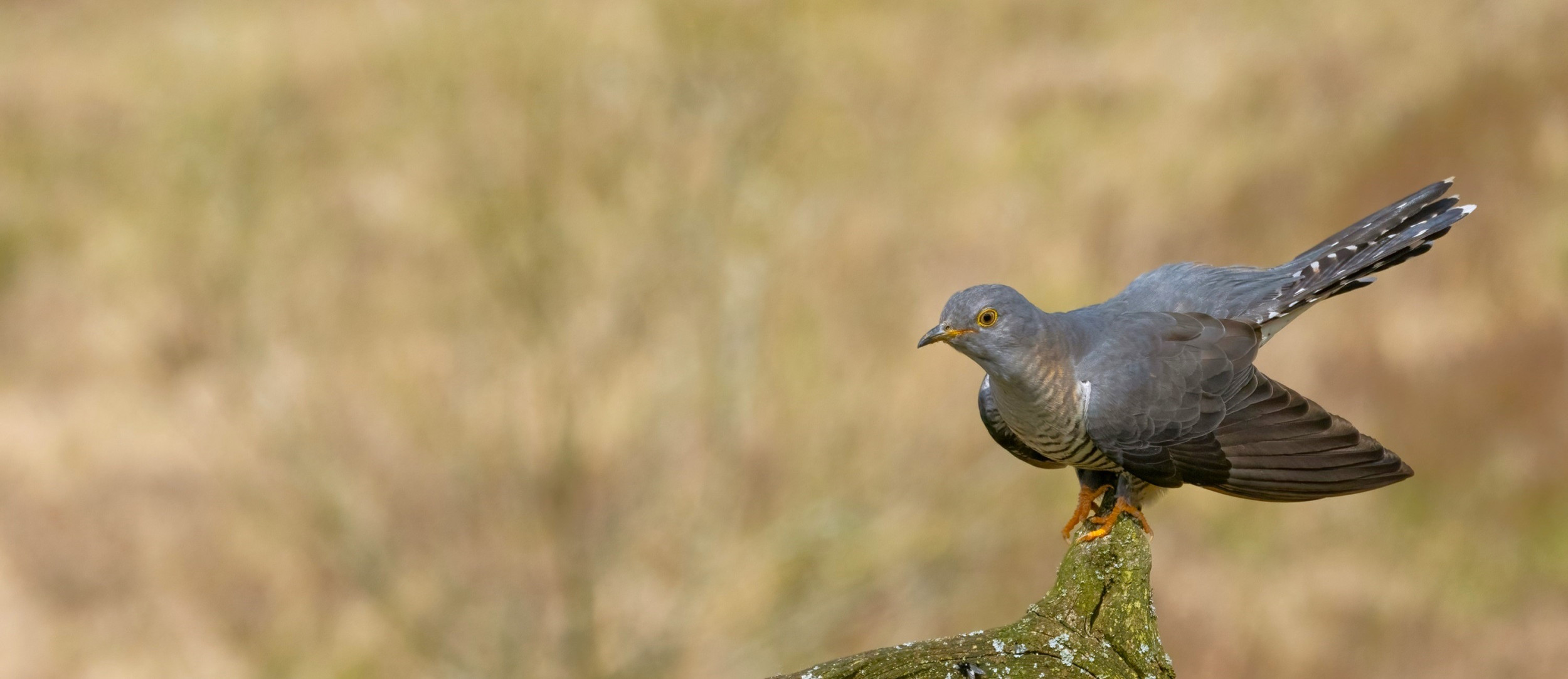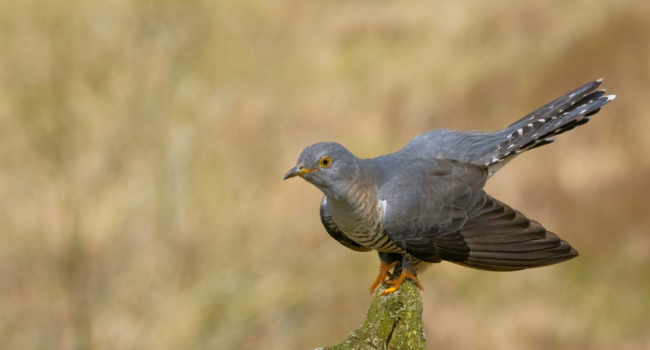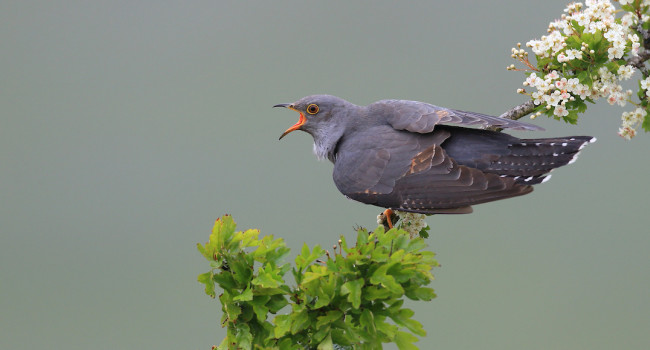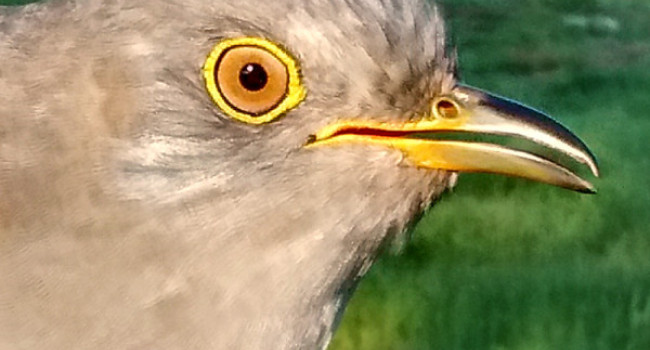Updates from our Cuckoos
Read the latest updates from our Cuckoos on their epic migration between the UK and tropical Africa, or track their movements in real-time on our Cuckoo migration map.
- If you enjoy these updates, please consider sponsoring a Cuckoo. Sponsors receive special updates about their chosen Cuckoo in the Cuckoo e-newsletter.
No further news from Boris
Cuckoo class of 2017
In 2017, we have been trialling the very latest satellite tracking technology - this year’s cohort were tagged with 2g tags from Microwave Telemetry.
We have, unfortunately, ‘lost’ contact with most of them already. It would seem that the smaller size of the new tag allows the solar panel, used to recharge the tiny battery, to become shaded by feathers, resulting in much less efficient charging of the battery, and consequently lower contact with the tag. Although some may have died, the lack of transmissions from the tags makes it impossible to assess this and in all cases, there were no indications that the birds were in trouble when we last heard from their tags.
This is exacerbated during the winter months by the birds spending more time under the canopy in the Congo rainforest. We don’t know how the batteries will fare when the birds begin their northward migration back to the UK. On leaving the rainforest the tags should receive more sunlight which might be enough to overcome feather shading, and if this happens some of the ‘lost birds’ could pop-up again in February or March, but it is possible that the prolonged shading will have caused irreversible damage to the much smaller batteries in the 2g model. We all have our fingers crossed.
As we move forward we are continuously looking for effective ways to continue gathering this important data for Cuckoos, and other species, to benefit our knowledge and ultimately wildlife conservation. We hope that next year we will be able to track a cohort of cuckoos without these issues arising.






Share this page